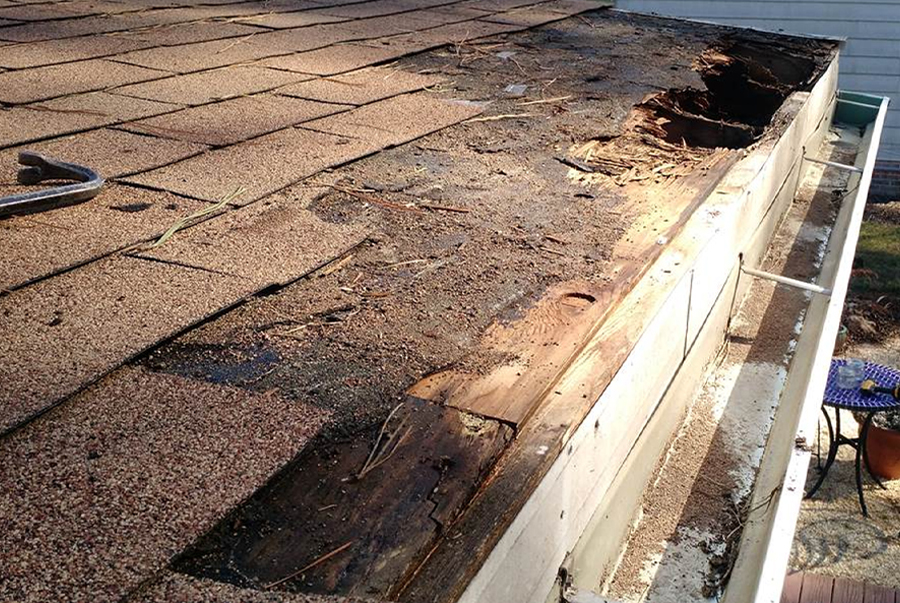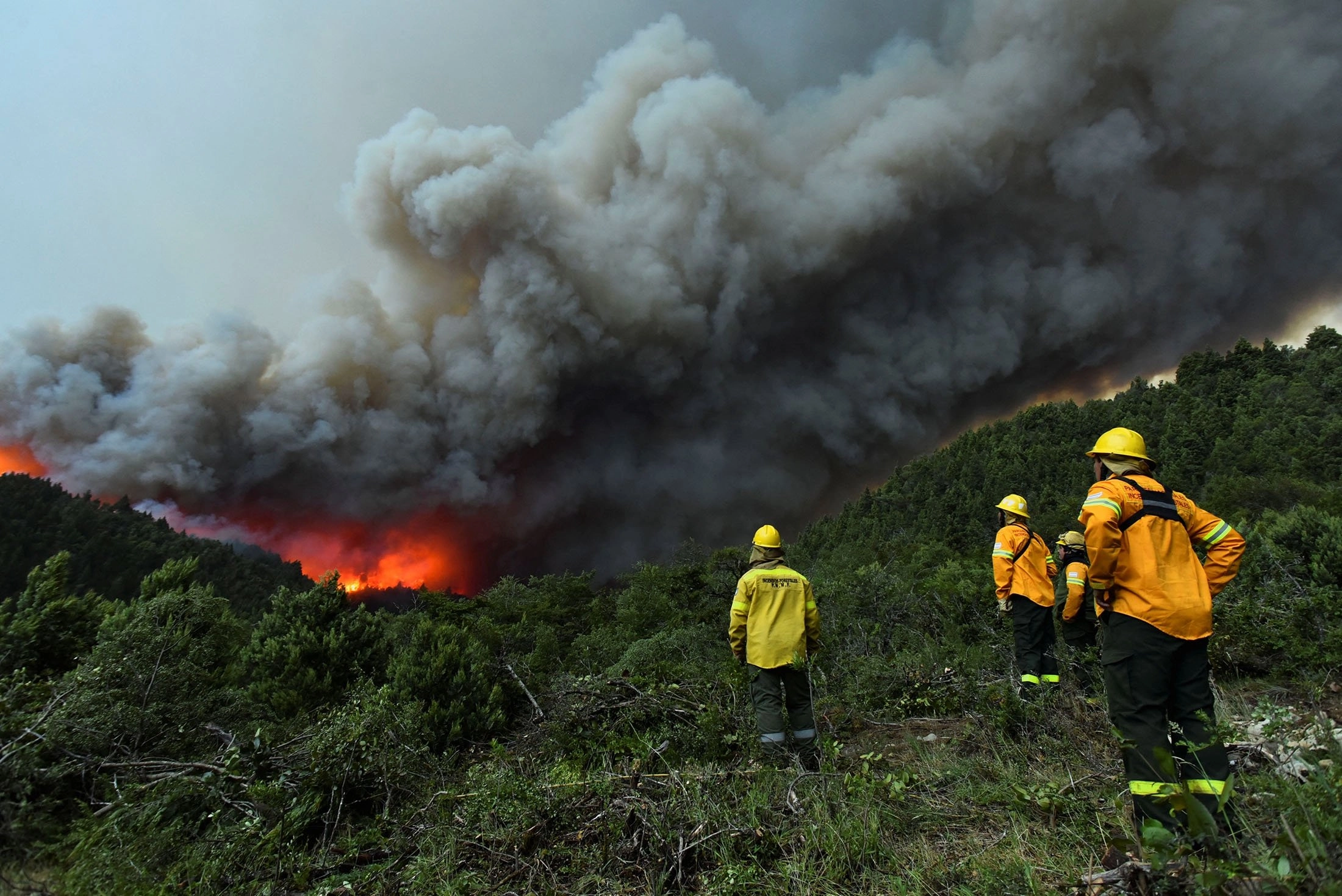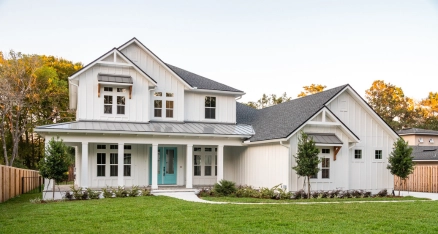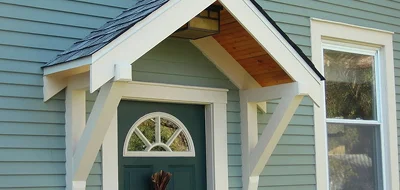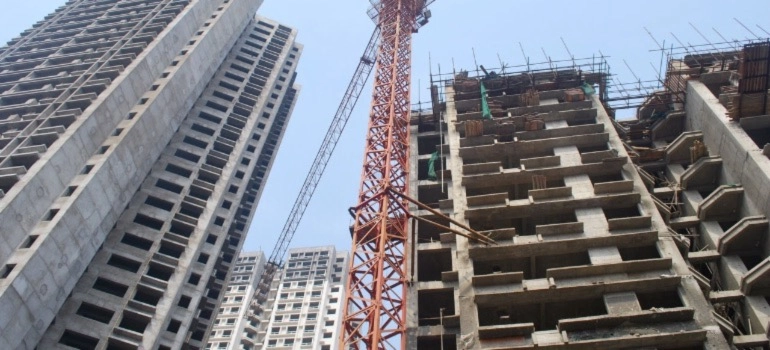
Snow, ice, and freezing temperatures can be detrimental to the state of your commercial building and its roof. Ice dams are one of the most dangerous problems these weather conditions can cause. Ice dams can affect the roof of any building in an area with such a climate. A chunk of heavy ice along the roofline of a commercial building can pose several serious risks to a business. Not only can they damage the very structure of your property, but they can also be a safety hazard for clients who use your building. All of this is why the importance of ice dam prevention is immeasurable.
We tend to only fix problems once they’ve already come up instead of trying to prevent them. But when it comes to an issue like this, that mentality can be dangerous. Of course, if your roof is already leaking, you shouldn’t wait to fix it. However, everyone will agree that it’s best for that to never even happen.
What is an ice dam?
An ice dam is a thick sheet of ice appearing on the roof’s edge. When the roof of your commercial building gets covered with a sheet of snow, it is already at risk of ice dam formation. If the outside temperature starts to fluctuate, it can melt and subsequently refreeze the snow at the bottom of your roof, turning it into ice. This ice creates a barrier that stops any melted snow at the top of the roof from properly draining off of it. Instead of draining, this water builds up the ice dam. As the dam becomes bigger and bigger, it stops even more water from draining off. You’re left with a big and heavy block of ice on your roof and a pool of water sitting right behind it.
What are the common causes of an ice dam?
The first fact we want to mention is that ice dams are much rarer at the beginning of winter. Since early winter temperatures are usually a lot more moderate and there’s usually less snow during this time, the conditions simply aren’t suitable for ice dam development. The importance of ice dam prevention comes into the spotlight when late winter comes. Let’s go through three of the most common causes of ice dams during late winter:
- Poor roof insulation – This is, without a doubt, the most common cause of ice dam formation. Without the proper insulation and barriers, warm air easily escapes through the roof of a commercial building. This warm air melts the bottom layer of snow, which quickly refreezes into ice because of the frigid outside temperatures
- A thicker layer of snow – When you allow a layer of snow to build up and become way too thick, it creates the right conditions for an ice dam to form without the need for bad roof insulation. Even if the snow starts melting from the outside layers, the amount that remains allows enough water to pool up to create an ice dam
- Long periods of below-freezing temperatures – If outside temperatures remain below freezing for long enough, they can make the snow that accumulates along the edges of the roof of your commercial building compound and turn into a sheet of ice. After that, it’s just a matter of the melt-refreeze buildup principle.
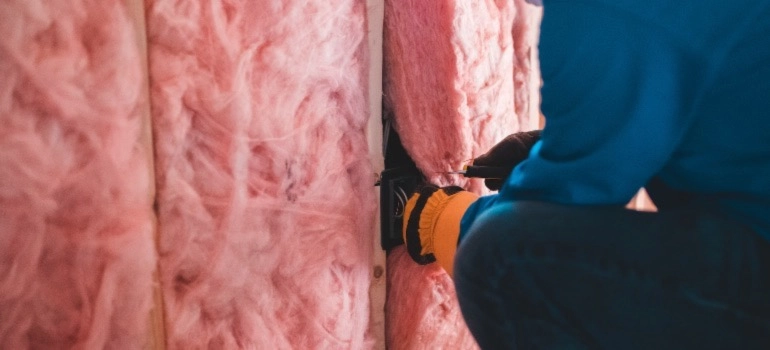
An important thing to note
One more important thing to note here is that, in most cases, an ice dam forms because of a mix of two or all three of these reasons. One will rarely be enough for an ice dam of concerning size to form. This is all to say that if you want to protect your commercial building from this, you have to mitigate the effects of all three of these causes.
How can an ice dam affect the roof of a commercial building?
Once an ice dam forms, it’ll only continue to grow with time. Water will start to pool up behind it when it becomes too big to keep building up at the same rate as the snow melts. And the bigger it gets, the more water it will keep sitting on your roof. The combination of sitting water and an expanding ice block on your roof can cause several kinds of damage. If this all goes too far, you may have to relocate your offices to a new building. While there are ways to stay productive while moving and keep the business running, it’s still a lot of work and might end up at least slowing it down. So, even though it’s possible to get out of that unscathed, it’s still better to avoid even getting yourself in such a situation by recognizing the importance of ice dam prevention.
The most common problems
- Leaks – The pool of water on your roof will eventually start seeping through your roof. First, it would soften and moisten your materials and then easily break through their barriers
- Rotting – After it starts leaking, the water will begin to slowly eat away at the materials of your commercial building and its roof. This makes anything that can rot start to rot
- Mold – Before your roof starts leaking, the excess moisture and dampness will lead to mold and mildew formation outside your roof (mainly the shingles). If you let this go too far, leaks can make the inside of your roof (and subsequently the rest of your building) susceptible to mold growth
- Roof and construction damage – The expanding ice that is sitting on your roofline can put a strain on its materials. Over time it can start pulling things apart and creating cracks. These may even start traveling down the height of your building and eventually reduce the integrity of its construction by a lot
- Damage to your gutter system – The weight of an ice dam puts a lot of extra pressure on the gutters of a building. This can cause them to pull away from the roof and even break off altogether. Not only will this require a replacement, but it may even pose a safety hazard for people walking by the building
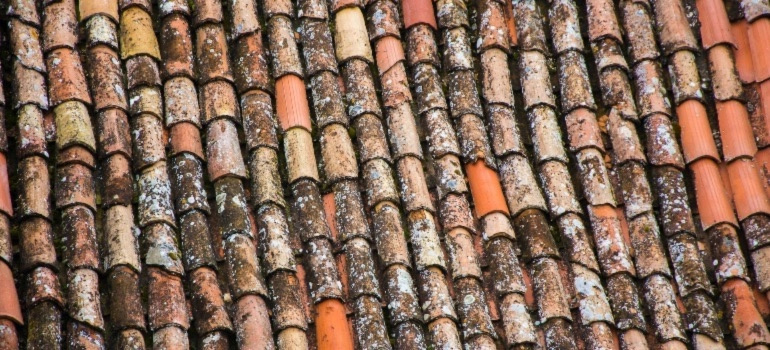
What can be done for ice dam prevention?
It’s safe to say that the average person can’t do much to stop heavy snowfalls and freezing temperatures from coming in late winter. So, if we want to consider the importance of ice dam prevention the right way, we have to turn our attention to what we can do about the roof itself.
Common ice dam prevention tactics
- Insulate your roof – This doesn’t necessarily just mean having some form of insulation on your roof. You also need to have the right amount of it. Since insulation keeps heat from escaping your roof, it’ll effectively prevent the formation of warm spots on its surface. Less warm spots mean less ice dam potential. If you’re not sure how much insulation your roof will need, you can do a check-up with a local roofing contractor
- Frequently clear your roof of snow – As we’ve already stated, thick piles of snow can lead directly to ice dam formation. This is why it’s essential to regularly clean your commercial building’s roof of snow sheets
- Make sure your roof cover is working properly – If you notice ice building up around drains on a flat or low-sloped roof, it may be a sign that your roof cover system isn’t appropriately sloped. Your system has to be installed correctly to drain water to the gutters without issue. If you have concerns about your roof cover, you can consult your roofing contractor for help
- Have a roof maintenance plan – One of the best ways to ensure all preventative measures are taken properly is to have a well-thought-out maintenance plan in place. This should include dates for clearing snow, regular checkups with a contractor, and any other form of roof maintenance you need. Make sure to utilize any commercial roof maintenance tips you know of
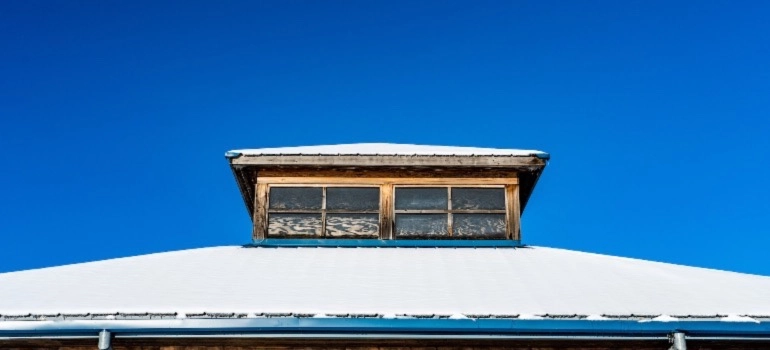
To conclude
When you take the time to consider how much damage ice dams can cause and how simple it is to avoid them from forming, the importance of ice dam prevention quickly becomes apparent. While roof repairs are an option after ice dam-related damage, they should still be avoided as much as possible. The small investment of time and money for things like better insulation and more frequent roof maintenance heavily outweigh the amounts you’ll spend fixing your roof every winter season and covering for liabilities. A commercial building is an investment in itself, and you should do your best to protect it.


